What is subsidence? 5 warning signs every homeowner should know
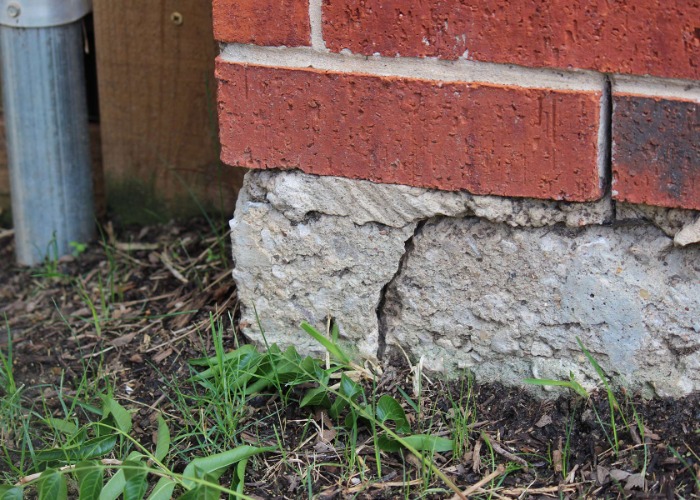
With thousands of homes affected every year, subsidence could cost you as much as £250,000 to rectify. Here's how to spot it and stop it in its tracks...
Climate change has a lot to answer for, including exacerbating one issue that has disastrous effects on homes, according to insurance experts.
READ MORE: Japanese knotweed: removal, identification and treatment
In July 2023, PwC, one of the world leaders of quality in assurance, tax and advisory services, said that if the extreme weather we have experienced in the last few years continues, payouts for subsidence insurance claims could reach £1.9 billion by 2030.
Though some claims can be attributed to poor building works, it is thought that the extreme weather conditions caused by the climate crisis could be an aggravating factor.
Mohammad Khan, general insurance leader at PwC UK, said: “With repeated very hot summers, we are seeing a rise in subsidence cases. Given the already dry soil and further hosepipe bans, we could see a significant spike in subsidence, which causes the ground beneath a building to sink and potentially pull the foundations down with it.”
But despite the fact that it is a problem that plagues many properties in the UK and needs urgent and immediate attention, many of us don't know what to look out for. Research by LV=GI in 2021 found that over half of homeowners falsely identify signs of subsidence.
Here’s how to identify subsidence in your home and what to do if you find it.
What is subsidence?
In a nutshell, subsidence occurs when the ground underneath a property begins to collapse and takes the building’s foundations with it. This causes one side of the house to sink and those suspect cracks to appear.
Subsidence is a different issue to ground heave, which is when the ground moves upwards rather than downwards, requiring a different course of action.
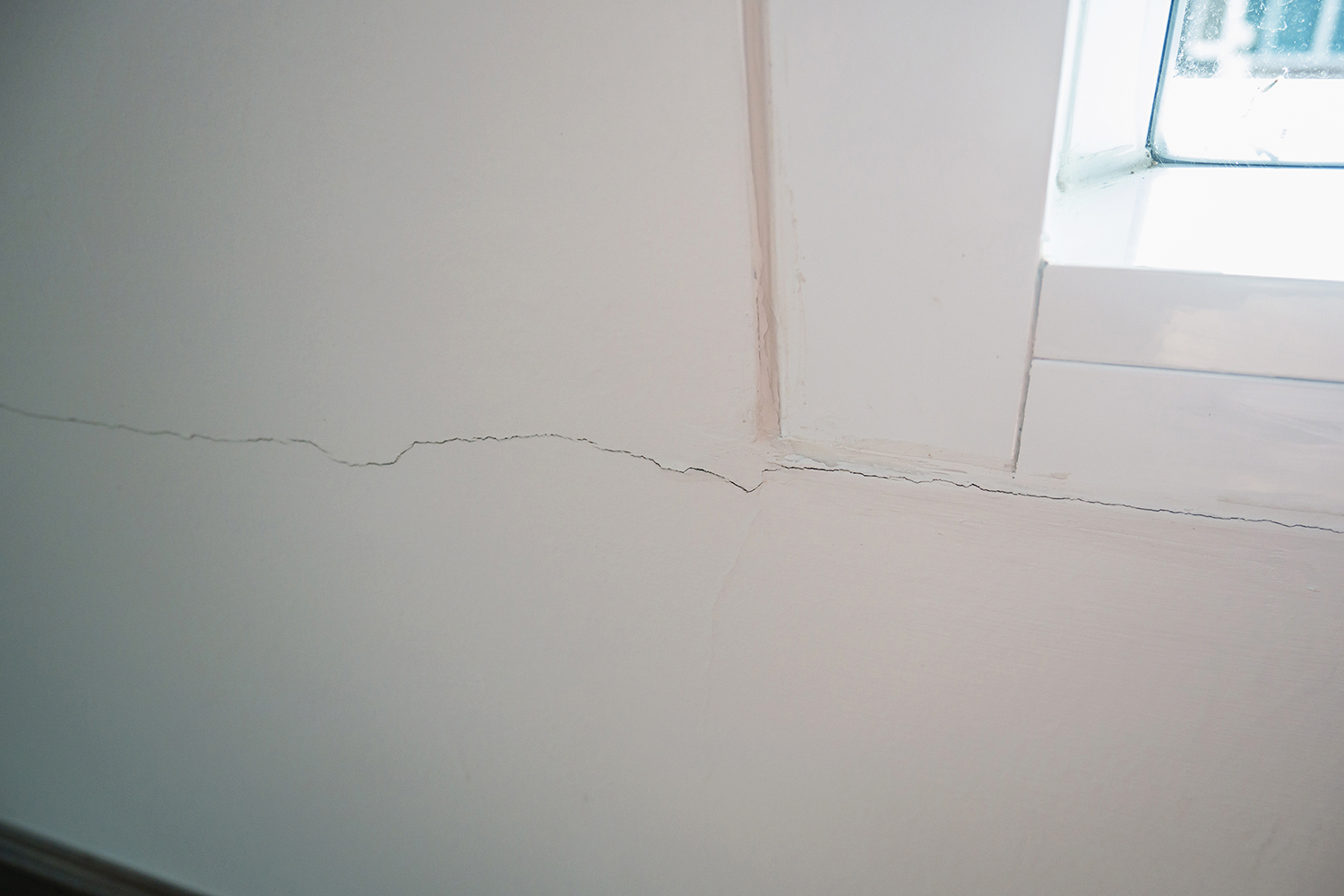 Many cracks found in homes are harmless. Image: Kwangmoozaa / Shutterstock
Many cracks found in homes are harmless. Image: Kwangmoozaa / Shutterstock
Of course, small cracks are a common sight in most properties and not all are a cause for concern. All new builds and home extensions will shift slightly as they settle, so small hairline cracks under 0.5 millimetres in width are normal.
However, larger cracks radiating from windows, doorways or corners can indicate that your property’s foundations have begun to sink – especially if they’ve grown over time, are wider than a 10p coin, are diagonal and are wider at the top.
How to spot subsidence
Ground engineering specialist Mainmark has outlined five key subsidence warning signs to watch out for:
1. Sinking or sloping floors: this can indicate that the ground beneath your home is collapsing and urgent attention is required.
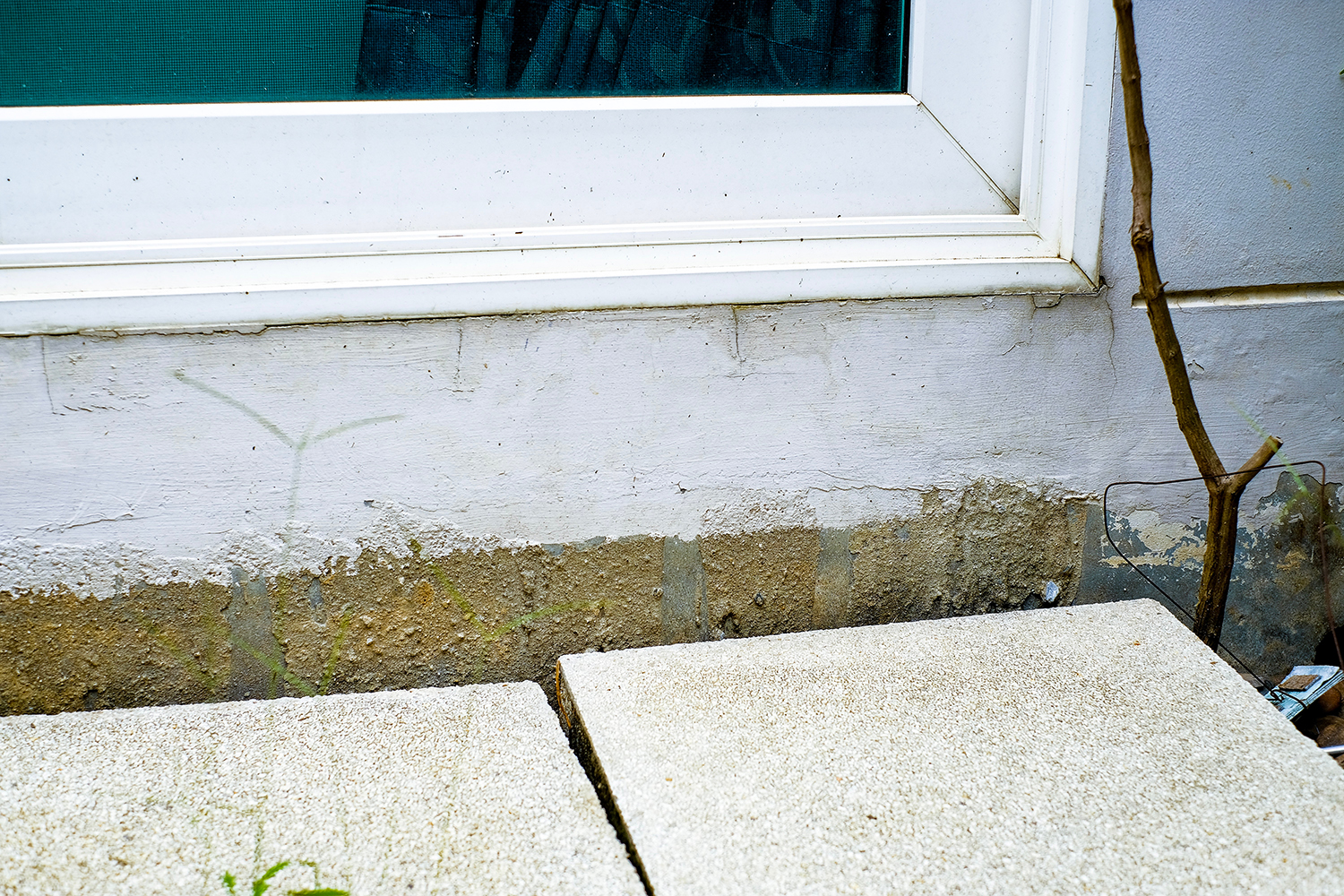 A dropped floor level can be a cause for concern. Image: iamskyline / Shutterstock
A dropped floor level can be a cause for concern. Image: iamskyline / Shutterstock
2. Cracks in walls, paths and driveways: take note of any cracks that form a zig-zag pattern following the mortar lines of your home's brickwork. Cracks caused by subsidence are usually wide enough to fit your little finger into – and are visible internally as well as externally.
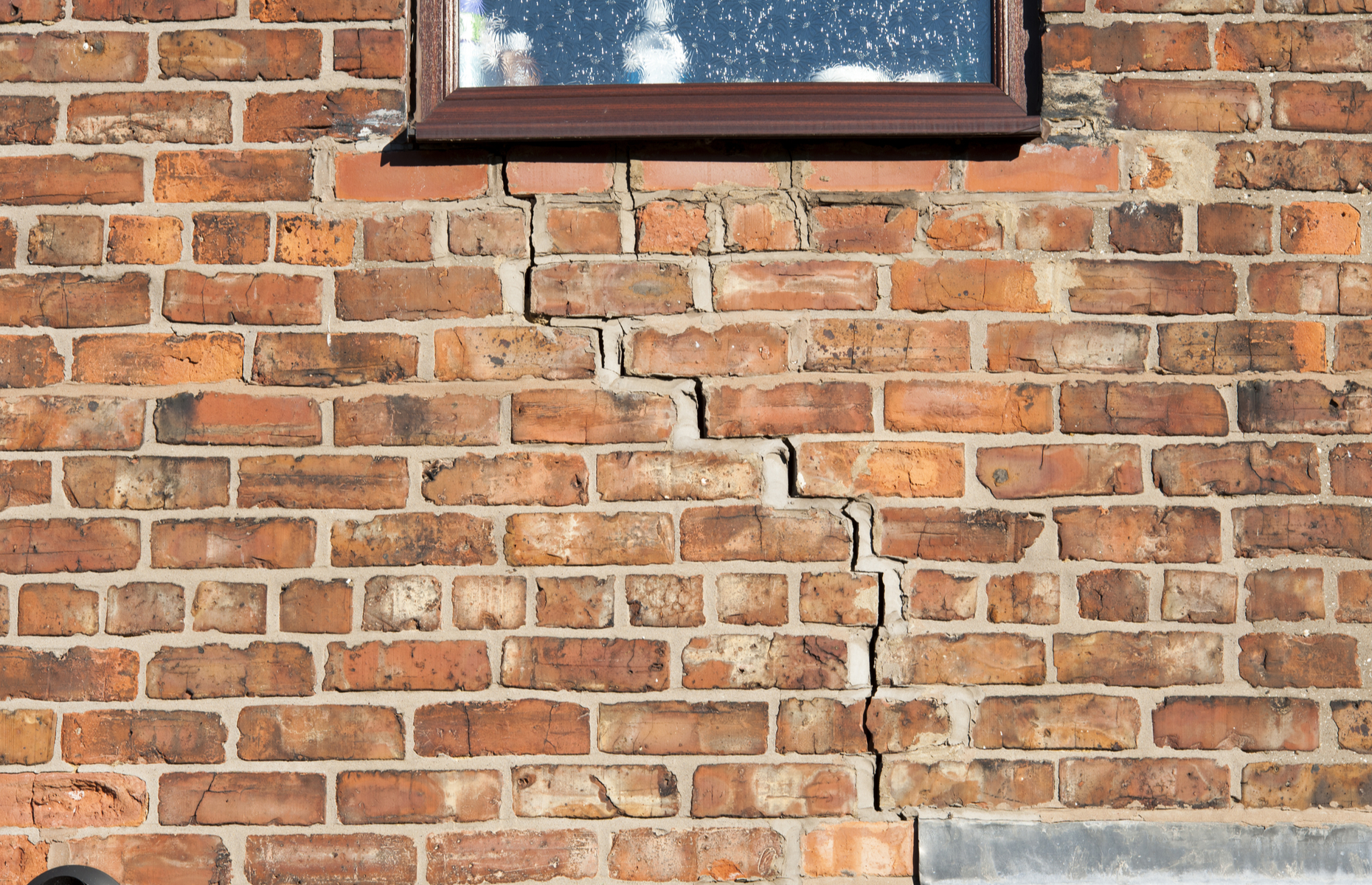 Keep an eye out for diagonal cracks. Image: eelnosiva / Shutterstock
Keep an eye out for diagonal cracks. Image: eelnosiva / Shutterstock
3. Windows and doors becoming misaligned or jammed: if your home's foundations are sinking, this can cause problems with cracks around joins – sort this before they develop further.
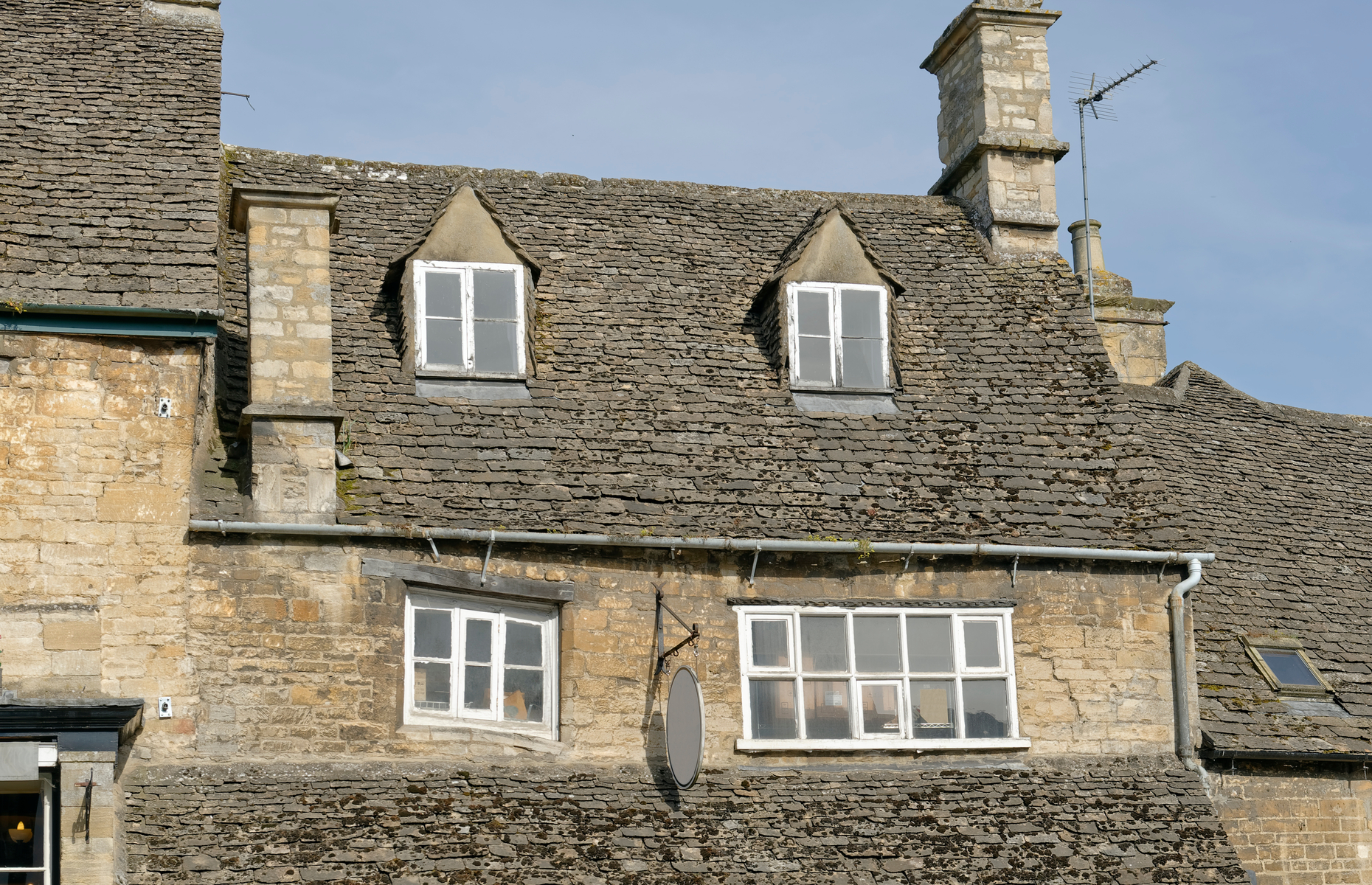 Subsidence can be common in older properties. Image: Barnes Ian / Shutterstock
Subsidence can be common in older properties. Image: Barnes Ian / Shutterstock
4. Skirting boards separating from the wall: visible gaps suggest that your home could be suffering from some serious movement issues that need remedying.
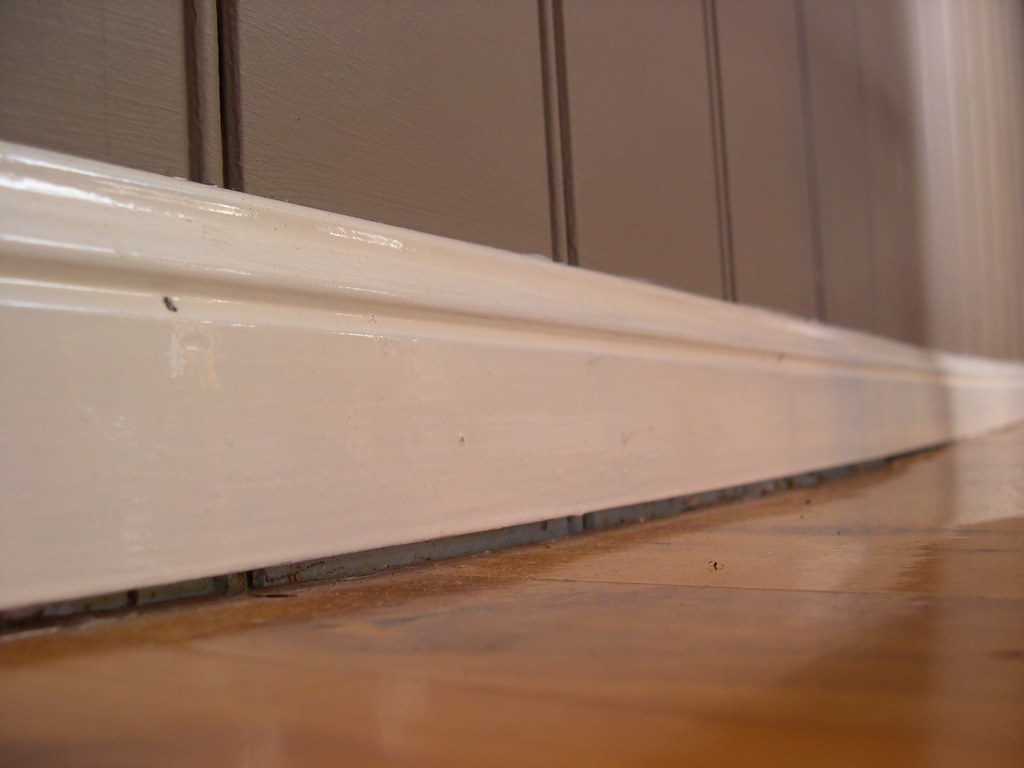 Monitor your skirting boards for movement. Image: billh18 / Flickr
Monitor your skirting boards for movement. Image: billh18 / Flickr
5. Formation of puddles around the perimeter of your home: this can indicate a problem with drainage. Pooling water can then soften the soil and destabilise the ground beneath your home – more on this below.
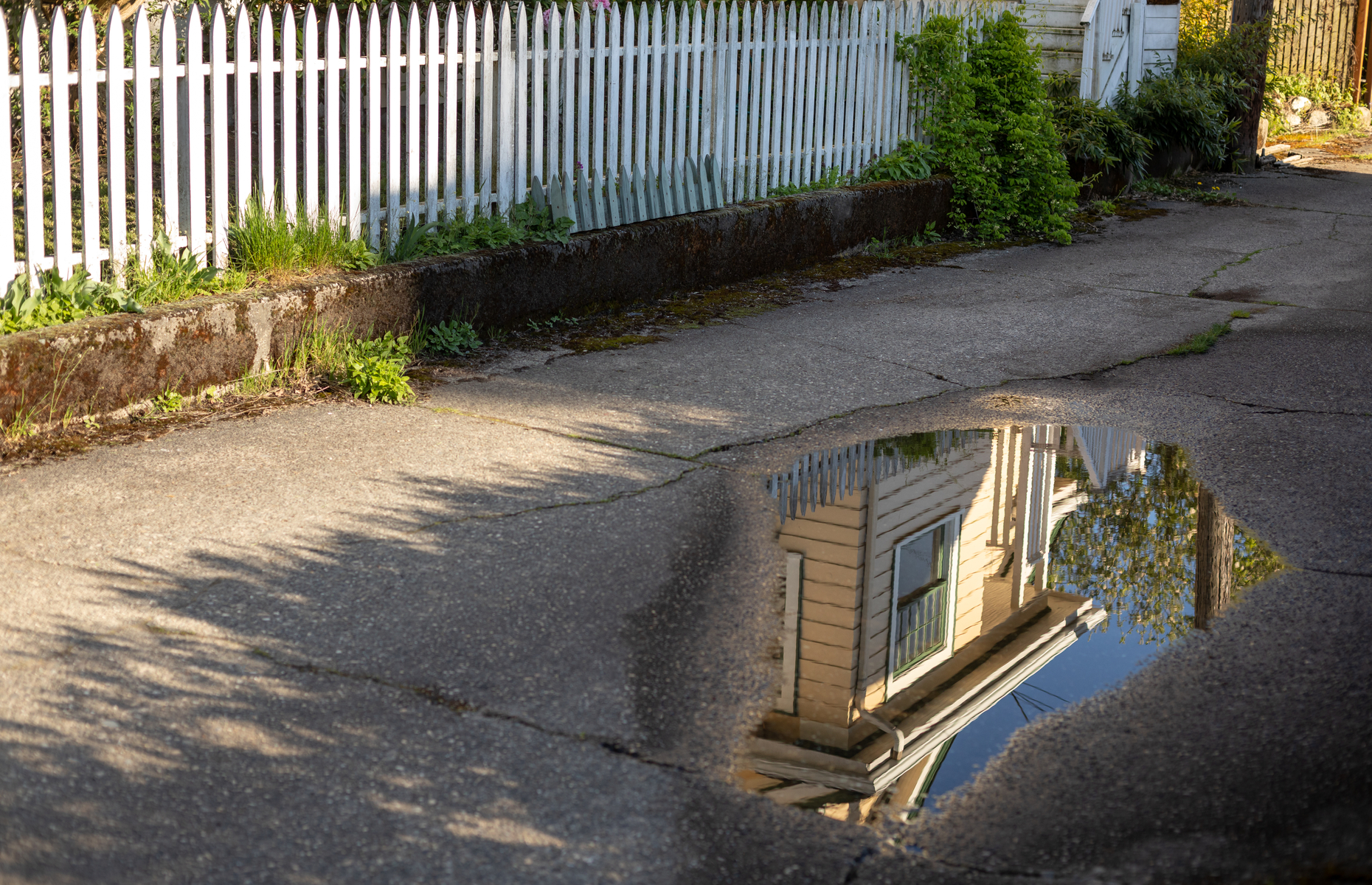 Standing water near your home could spell trouble. Image: VDB Photos / Shutterstock
Standing water near your home could spell trouble. Image: VDB Photos / Shutterstock
What causes subsidence?
There are some factors that make your home more susceptible to subsidence than others.
The level of moisture in the ground can cause problems. Clay soil especially can shrink, crack and shift during the summer heat, wreaking all kinds of havoc on your foundations.
Drought-prone areas are more at risk, as the ground is drier and thus more likely to crack, while having an abundance of trees or shrubs close to your home can also dry out the ground as the roots may absorb a lot of water.
But the ground becoming too damp can also be an issue. Leaking drains can wash away or soften the soil, causing it to compress and sink under the weight of your home.
Already subsidence claims have seen a sharp increase in recent years with figures from Go.Compare in 2022 revealing a 637% increase in the number of home insurance quotes which showed a history of subsidence claims between 2012 and 2021.
Chris Carlton at Geobear, a firm of ground engineer experts, told Go.Compare that it is "impossible" not to link a rise in subsidence cases to climate change, with overly hot summers causing a "surge" in cases. "In the past, dryer summers have caused what is known as a surge event in insurance circles," he said.
"This is where the exceptionally dry, hot summers cause tree roots to migrate deeper to seek water, this sucks greater moisture out of deeper clay soils and causes more subsidence to happen.”
Preventing subsidence
As always, prevention is better than cure and there are a number of steps you can take to lessen the chance of subsidence occurring.
While everyone covets a lovely leafy garden, it’s best to limit the growth of trees and large shrubs to prevent them from drying out the soil.
Make sure any new trees are planted at a distance from your house – take note of the variety you’ve chosen too, as some take in more water than others. If in doubt, go for an evergreen species that won't absorb as much water.
It's important to stay on top of the upkeep of your home to prevent drains from flooding and the ground from becoming oversaturated. Check for blocked or leaky drains and keep gutters clear. Especially of concern during the wintertime, check pipes for splits and leaks.
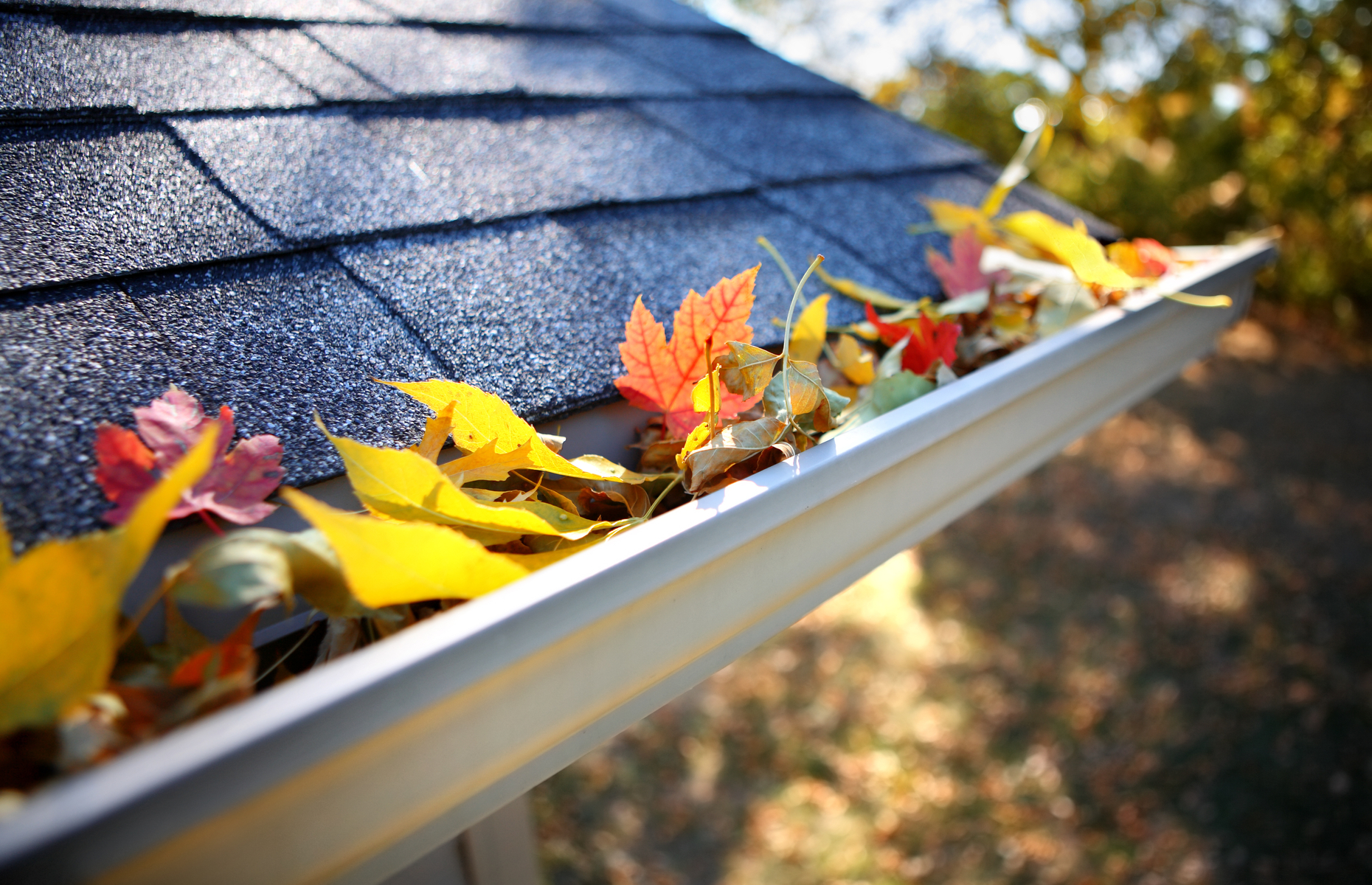 It's important to keep drains and gutters clear. Image: Suzanne Tucker / Shutterstock
It's important to keep drains and gutters clear. Image: Suzanne Tucker / Shutterstock
How to fix subsidence
The best course of action is to contact your insurer. They’ll be able to arrange for a full survey to assess your home's structure. If subsidence is found, you will be advised to have underpinning done – a process to strengthen the foundations of your home.
When it comes to underpinning, there are four main methods with varying degrees of cost: piling, mass concrete, resin injector, and the beam and base method.
According to Checkatrade, the average cost to fix subsidence is £12,500, with costs varying from £400 per square metre for mass concrete (for a long time the most commonly applied form of piling) to £700 per square metre for the much more expensive base and beam method.
Ignore the problem at your peril. Untreated subsidence could reportedly end up costing you as much as £250,000 and could see the value of your property fall by 20%, according to home-selling site, Sold.co.uk.
Concrete underpinning requires raising, re-levelling and re-supporting the building with an additional foundation layer. This can be a slow and costly process that may require you to leave the property while work is completed.
A more modern solution is to inject a resin polymer into the ground at certain points. The material expands as it travels into the soil below, filling the gaps. In most cases, a house can be treated in a matter of hours and shouldn’t require you to leave while the work takes place.
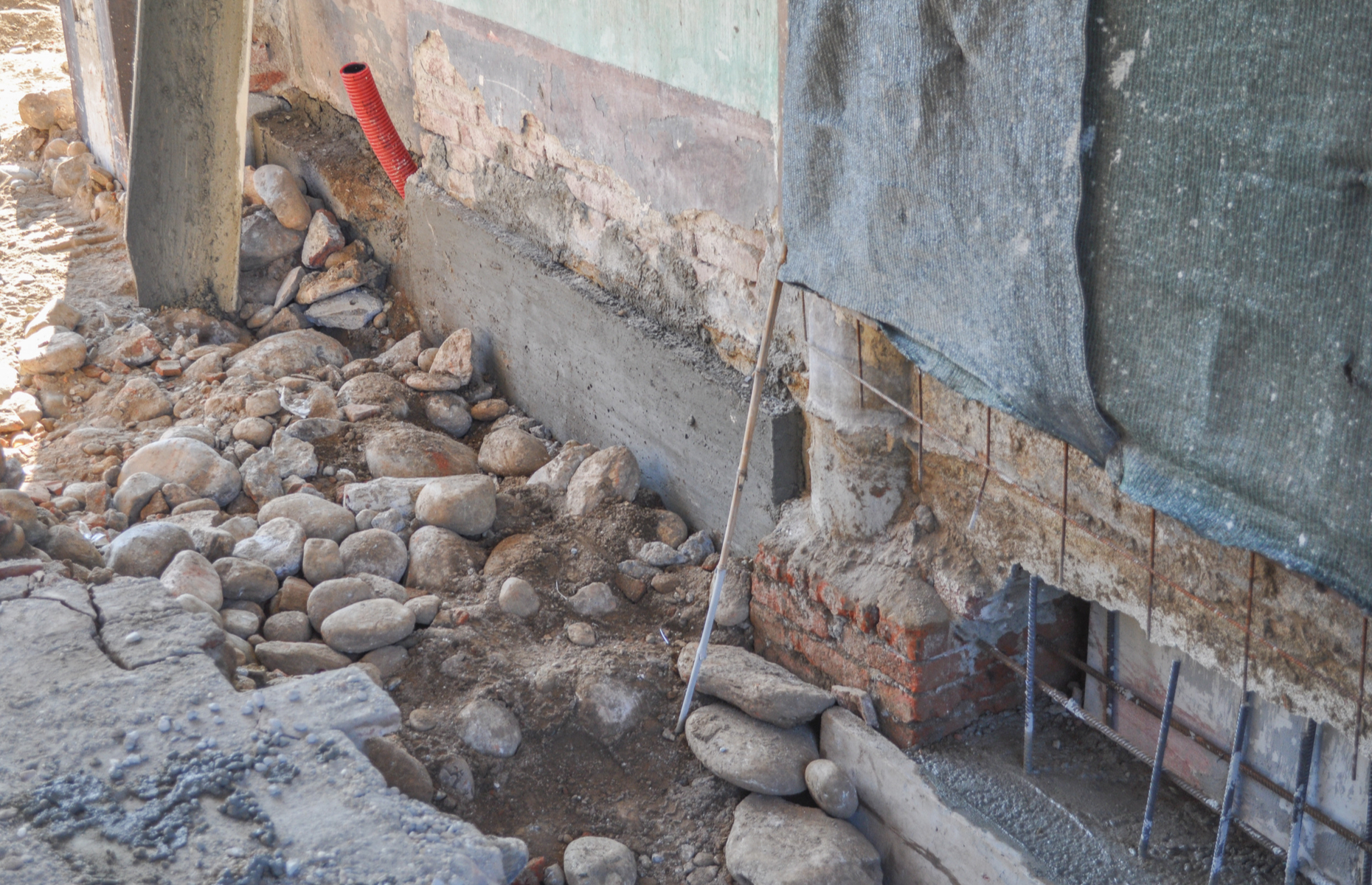 Traditional underpinning can be an extensive process. Image: s74 / Shutterstock
Traditional underpinning can be an extensive process. Image: s74 / Shutterstock
Resin injections are slightly more expensive than concrete underpinning (around £550 per square metre) but Aleister Willis of Geobear told Checkatrade that this has now become the industry's go-to method for dealing with subsidence as it's quick, easy and causes minimal disruption to homeowners: "It’s an effective and permanent method to stabilise buildings affected by structural movement," he said. "Resin injection takes a day to implement and homeowners don’t need to move out, rather than weeks or months of underpinning and piling.”
READ MORE: 10 warning signs that you're looking at a money pit
Featured image: Jasmine Sahin/Shutterstock
Comments
Be the first to comment
Do you want to comment on this article? You need to be signed in for this feature